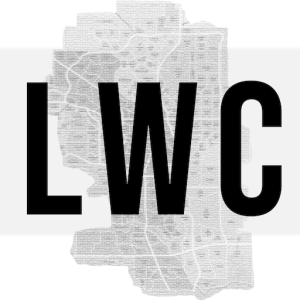View attachment 615790
I think these signs are mostly window dressing; safety theatre.
If we actually want to reduce pedestrian injury it's not complicated, but Calgarians hate to hear it. We need to invest in permanent infrastructure that slows cars down.
My biggest frustration with Calgary (and really most cities) is the delusion that physics work differently here. Cities are the perfect natural experiment. Yet, we're unwilling to study what policies have worked in other cities and replicate them here.
Want to improve pedestrian safety? Narrow roads and install automated speed enforcement everywhere you can. That's the only thing that works.
We're in the midst of a pedestrian crisis. The last three months were the most dangerous for walking Calgary has ever seen.
My fear is that most Calgarians don't actually care. If 50 people get sent to the hospital every month because of our transportation network, that's fine, as long as their commute isn't lengthened by 5 minutes.
Probably no surprise that a city defined by the oil and gas sector is unable to address any collective action problem. Very similiar dynamics at play. Both the extraction industry and the car dependent transportation network are systems which primarily benefit the wealthy and hurt the poor.








